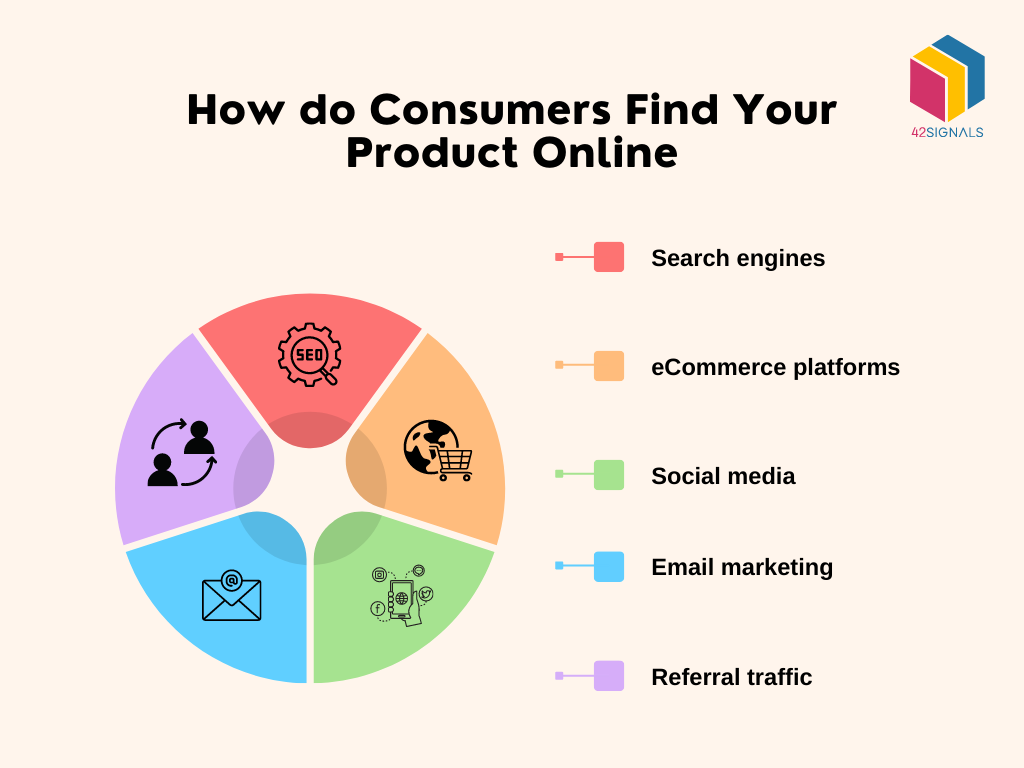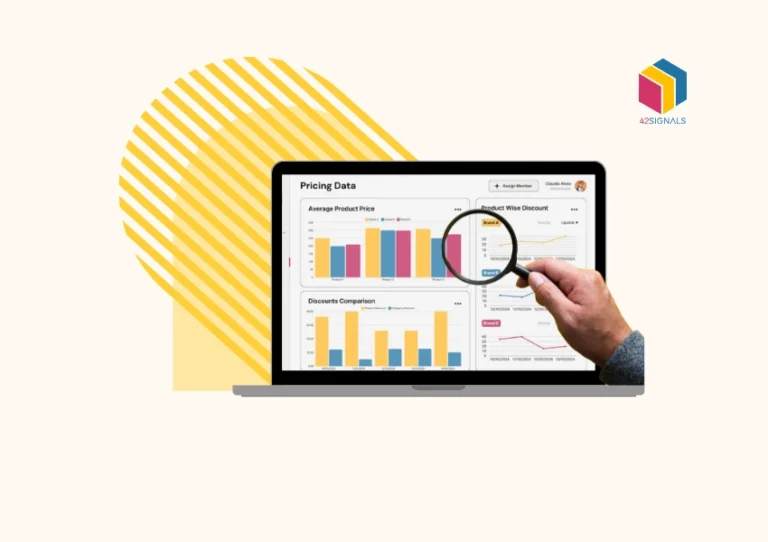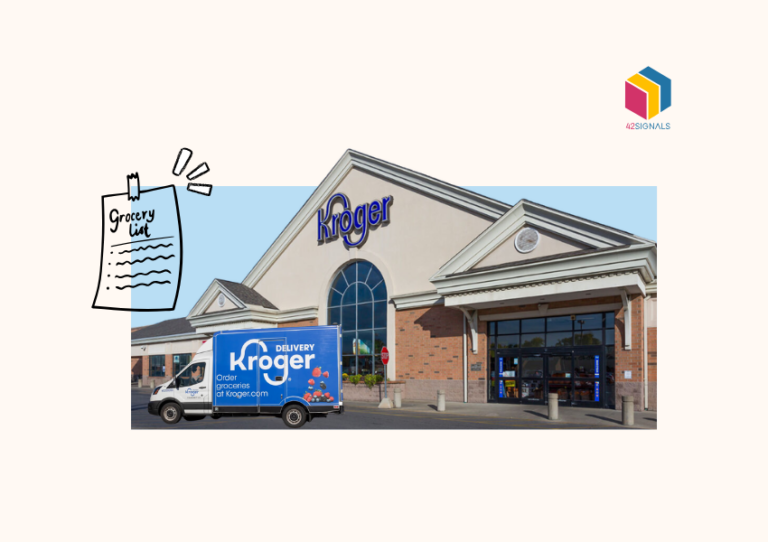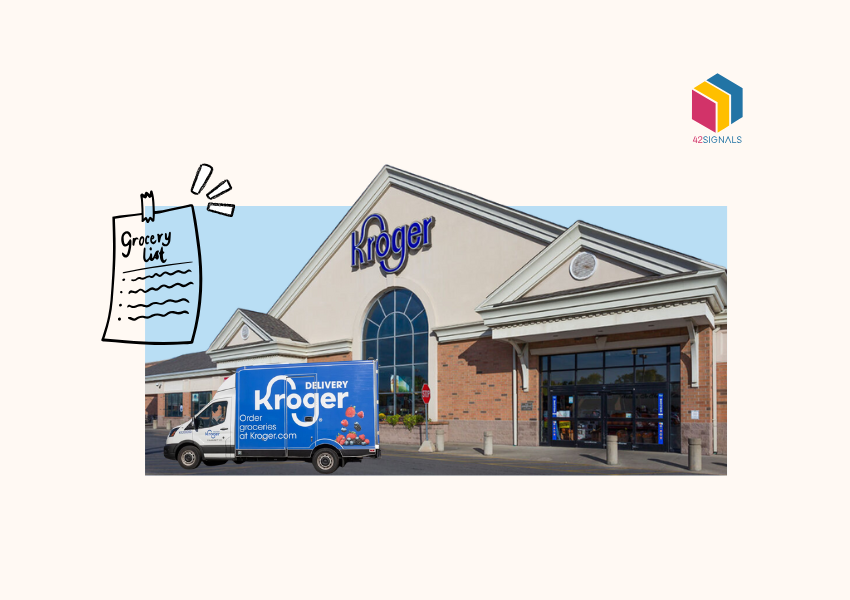What is Digital Shelf
The term “digital shelf” refers to the online display of products and their relevant information in a way that mimics a physical retail shelf. In other words, the digital equivalent of the traditional retail shelf displays products in a brick-and-mortar store. Digital shelf in e-commerce can be found on websites, social media platforms, and other digital channels where products are displayed for consumers to view and purchase. This includes product descriptions, images, prices, and other information that can help consumers make informed decisions.
Digital Shelf in E-Commerce
In eCommerce, the digital shelf refers to the online display of products on an eCommerce website or platform. It is essentially a virtual shelf that displays products in a way that mimics the physical shelves found in brick-and-mortar retail stores.
The digital shelf in e-commerce includes all the product information and content that consumers need to make informed purchasing decisions, such as product images, descriptions, features, benefits, reviews, ratings, and pricing.
Optimizing the digital shelf in eCommerce is crucial for businesses to attract and retain customers, increase sales, and stay ahead of their competitors. E-commerce companies use digital shelf analytics tools to analyze consumer behavior, trends, preferences, and competitor data to improve the visibility, positioning, and performance of their products on the digital shelf.
Digital shelf optimization involves using data-driven insights to analyze consumer behavior and preferences, as well as competitor data, to improve product positioning and pricing, increase conversion rates, and ultimately drive sales. By doing so, businesses can enhance the customer experience, build brand loyalty, and ultimately increase their revenue and profitability.
Why is Digital Shelf E-Commerce Important for Your Business?
The digital shelf is a crucial aspect of eCommerce businesses as it directly impacts the visibility and discoverability of products online. With the increasing competition in the eCommerce space, having a strong digital shelf presence is essential to attract and retain customers. It allows eCommerce businesses to expand their reach beyond traditional brick-and-mortar stores. With a strong digital shelf presence, businesses can reach customers around the world and sell products 24/7. This means that businesses can expand their customer base, increase sales, and potentially achieve higher profits than with a physical store alone.

Image Source: Brand Builder University
By optimizing product listings, utilizing multiple channels, and providing a seamless customer experience, businesses can increase their chances of standing out in the crowded marketplace and winning the trust and loyalty of customers. A strong digital shelf strategy can also help businesses gather valuable insights and data about customer preferences, which can be used to inform and improve future eCommerce strategies.
The digital shelf also allows businesses to be more agile and responsive to changes in the marketplace, such as shifts in consumer behavior, new trends, or emerging technologies. By being adaptable and responsive, businesses can stay ahead of the competition and continue to grow and evolve.
How do Consumers Find Your Product Online
Consumers can find your product online through various channels that are part of the digital shelf, including:

Search engines
Consumers often use search engines such as Google or Bing to find products they are interested in. Optimizing your product titles, descriptions, and keywords, can increase the chances of your product appearing in search results.
eCommerce platforms
Consumers can look for products directly on eCommerce platforms such as Amazon, eBay, or Walmart. By optimizing your product listings on these platforms, you can improve your visibility and attract more customers.
Social media
Social media platforms such as Facebook, Instagram, and Pinterest can also be part of the digital shelf. Promoting your products on these platforms and using relevant hashtags, can bring more customers to your eCommerce website.

Image Source: Hootsuite Blog
Email marketing
Email marketing is another way to drive traffic to your digital shelf. By sending promotional emails to your subscribers, you can increase awareness of your products and encourage customers to visit your eCommerce website.
Referral traffic
Consumers can also find your product through referral traffic, where other websites or blogs link to your product page. By building relationships with other websites in your industry, you can increase the likelihood of referral traffic.
Optimizing your product listings and utilizing multiple channels can help improve the visibility of your products on the digital shelf, making it easier for consumers to find and purchase them.
How to ‘Win’ the Digital Shelf in E-Commerce
To succeed in the competitive eCommerce marketplace, it’s crucial to ‘win’ the digital shelf by standing out and attracting customers. There are several strategies that businesses can use to achieve this:
Optimize your digital shelf e-commerce product content:
One of the most important things you can do is to optimize your product content, including titles, descriptions, images, and keywords. If your product content is accurate, detailed, and appealing to customers, you can increase the chances of your products appearing in search results and standing out on eCommerce platforms.
Focus on customer experience:
Providing an exceptional customer experience understood by customer sentiment analysis is key to winning the digital shelf. This includes things like fast and reliable shipping, easy returns, excellent customer service, and a user-friendly eCommerce website. Prioritizing the needs and preferences of your customers can build loyalty and encourage repeat purchases.
Leverage data insights:
Digital shelf analytics tools provide a wealth of data insights that can be used to optimize your eCommerce strategy. Analyzing customer behavior, sales trends, and product performance can help you make data-driven decisions about pricing, promotions, inventory management, and more.
Embrace personalization:
Personalization is becoming increasingly important in the eCommerce space. Using data-driven insights to personalize the customer experience, you can provide tailored product recommendations, targeted marketing messages, and a more personalized shopping experience that can help increase customer loyalty and repeat purchases.
Utilize multiple channels to have an inclusive digital shelf in e-commerce:
To win the digital shelf, it’s important to utilize multiple channels, including search engines, eCommerce platforms, social media, and email marketing. Optimizing your product listings and promoting your products across multiple channels, can help your business reach a wider audience and increase brand awareness.
Monitor digital shelf and adapt to changes:
The digital shelf is constantly evolving, so it’s important to stay on top of changes in the marketplace and adapt your strategy accordingly. This includes monitoring competitors, keeping up with new trends and technologies, and being willing to experiment and iterate to find what works best for your business. This can be done best with the help of Digital Shelf Analytics tools.
Winning the digital shelf requires a multifaceted approach that prioritizes optimizing product content, focusing on customer experience, leveraging data insights, embracing personalization, utilizing multiple channels, and staying adaptable in a constantly changing eCommerce landscape.
If you are looking to optimize your digital shelf, schedule a demo with us today.
Frequently Asked Questions about Digital Shelf E-Commerce
What is digital shelf in eCommerce?
The digital shelf in eCommerce refers to the online environment where products are discovered, compared, and purchased — just like physical products are placed on a shelf in a retail store.
It includes everything that influences how a product is presented and perceived online:
- Product titles and descriptions
- Images and videos
- Reviews and ratings
- Pricing and promotions
- Search visibility and category placement
Winning the digital shelf means your product is easy to find, competitively priced, well-described, and trusted by buyers — increasing conversions and sales.
What is shelf-based eCommerce?
Shelf-based eCommerce is a concept that treats online product listings like physical shelf space in a store — meaning product visibility, placement, and presentation directly affect purchasing decisions.
In this model, brands aim to:
- Appear at the top of search results (the “eye-level” shelf online)
- Use attractive product content to draw attention
- Stay in stock and price-competitive
- Control how their products are displayed across platforms
It’s a strategic approach to managing online product presence just as retailers do with in-store merchandising.
What is Amazon digital shelf?
The Amazon digital shelf is how your product is presented, ranked, and sold within the Amazon ecosystem. It includes key performance elements such as:
- Search ranking based on keywords and relevance
- Buy Box ownership (crucial for conversions)
- Product listing quality (images, bullet points, A+ content)
- Customer reviews and star ratings
- Stock availability and Prime eligibility
Optimizing for Amazon’s digital shelf is essential for visibility and sales, especially in competitive categories.
What is digital eCommerce?
Digital eCommerce is the broader term for buying and selling goods or services online using digital platforms. It encompasses:
- Online stores (e.g., Shopify, Magento, WooCommerce)
- Marketplaces (e.g., Amazon, Flipkart, Etsy)
- Mobile commerce (apps and mobile-optimized sites)
- Social commerce (e.g., Instagram Shops, Facebook Marketplace)
- Digital payment systems, logistics integrations, and customer support
In short, digital eCommerce combines technology, content, data, and logistics to enable end-to-end online shopping experiences.







